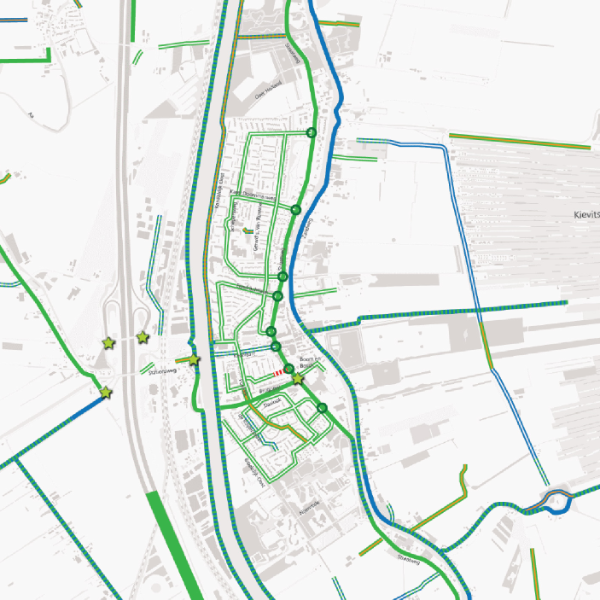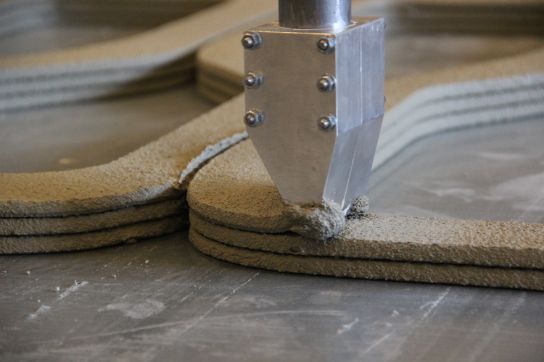Green structure plan for Stichtse Vecht

Green structure plan for Stichtse Vecht
Witteveen+Bos was asked by the local authority of Stichtse Vecht to develop a ‘green structure plan’ aimed at connecting green zones and water bodies in urban and rural areas within the municipality. Together with a team of local experts, we conducted a review to identify the different functional layers of the green zones.
Four green layers were superimposed: zones adjoining infrastructure, such as road verges; cultural-historical zones, such as a historic oak-lined avenue that has always been a local hallmark; recreational zones, such as parks; and zones with ecological or natural significance, including ecological corridors. In addition, we looked at feasibility by examining the ownership structure and whether any restrictions apply in terms of permits. An analysis of opportunities and threats resulted in a map with ‘urgency spots’. ‘Superimposing the different layers allows you to see where individual functions interlink and value creation can be maximised’, says Alexander Gaydadjiev, Project Assistant. ‘One example is that there are various spots with planted avenue structures that have gaps in them. Our recommendation there would be to replant trees to restore the avenue structure, define the road outline and bring back its orientation function (‘Look, the road is over there!’). It benefits flying routes of bats and birds and it also improves the situation for cyclists because the trees shelter them from the wind. A functional approach of this kind shows local authorities how they can double the effect of every euro spent, and that it pays to use cross-departmental ways of thinking and working.’
This project involved frequent collaboration with ecologists. ‘A good example of mixing functions is the attribution of value to the hedgerows lining Vogelweg, a road in Maarssenbroek’, says Tycho Muijen of Witteveen+Bos. ‘On the one hand, these green embankments act as conductors and screens for traffic, while on the other hand their linear nature and relatively rich variety of plant species make them a highly suitable foraging, nesting and migration zone for birds and other fauna. It used to be plain greenery, and now it has been given an additional value that policymakers can take into account.’
Multifunctional Design
Project leader and landscape architect Harro Wieringa likes to work according to the ‘Multifunctional Design’ principle, keeping an open mind for new opportunities and additional benefits. ‘In our design assignments, we’re very apt at combining technical solutions with landscape-related and ecological values. That requires a different way of thinking of Witteveen+Bos too – to resist the tendency to stay on the straight-and-narrow and never look sideways. My challenge is to have our specialists contribute creative ideas and to create new opportunities within a project. Making that work leads to so much quality improvement!’

More information?

Our projects
Every year we work on almost 5,000 projects on water, infrastructure, environment and construction.




